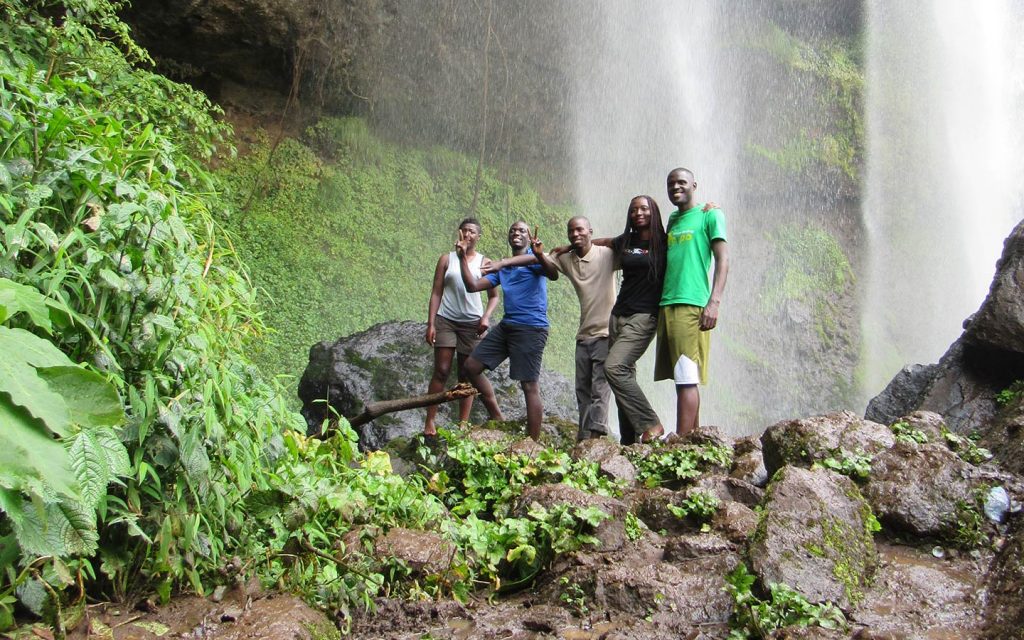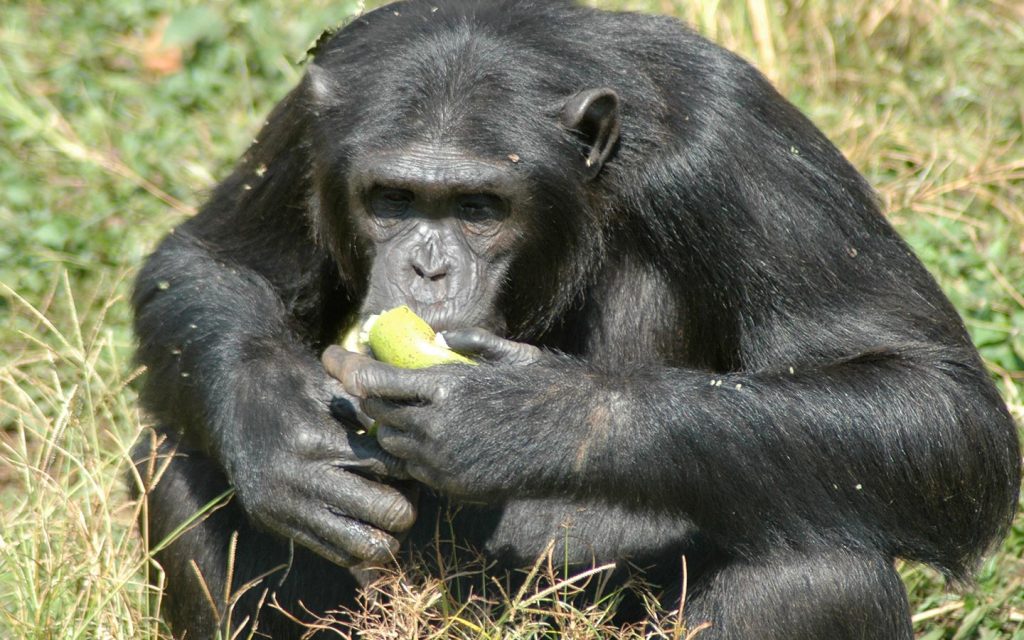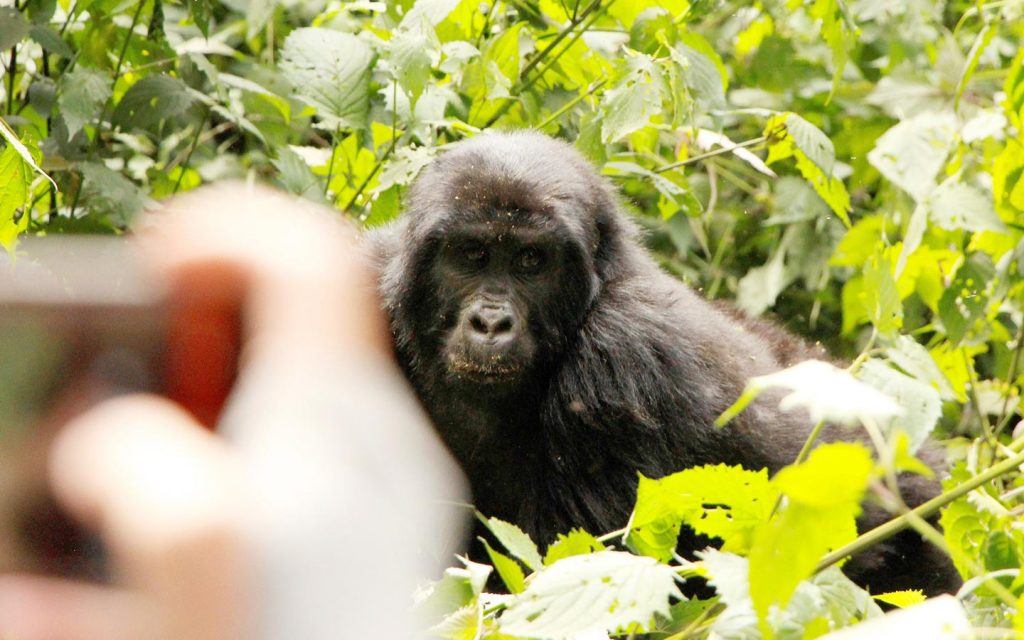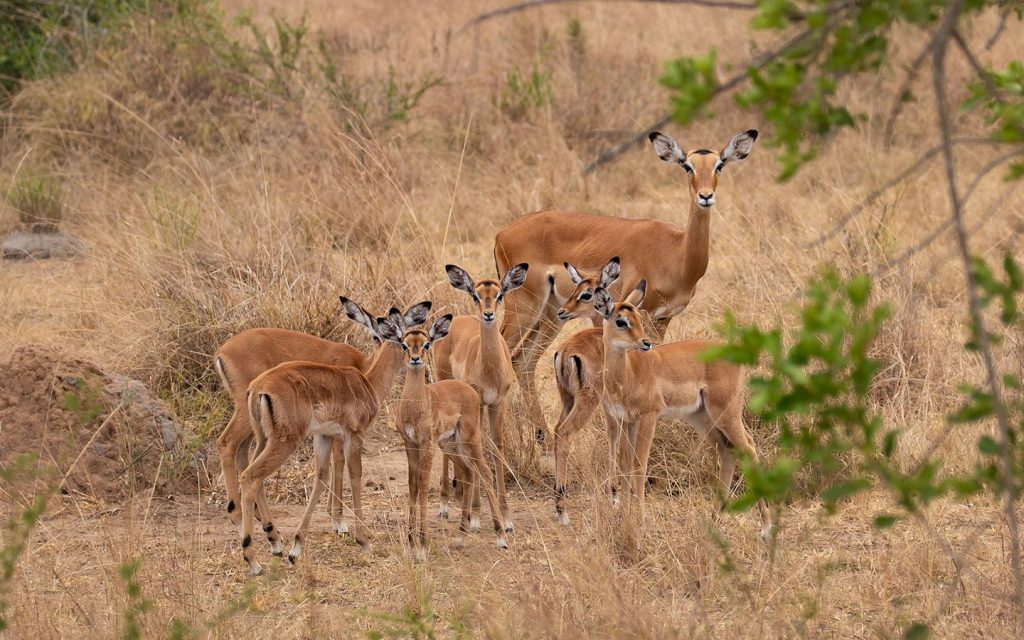Bird Watching
Home / Things to do in your Africa Tour | Uganda Tour / Activities /
Bird-Watching in Uganda
Explore Africa’s premier birding paradise with Outback Adventure Safaris
With over 1,090 bird species, Uganda is one of Africa’s top bird-watching destinations, boasting nearly half of the continent’s bird species and over 10% of the world’s total. From the misty montane forests to lush wetlands and expansive savannahs, Uganda offers bird-watchers a treasure trove of rare and colorful birds, including iconic species like the Shoebill Stork, African Green Broadbill, and Green-breasted Pitta.
At Outback Adventure Safaris, we specialize in crafting tailor-made bird-watching tours led by expert guides who know exactly where to find Uganda’s avian gems. Whether you’re a seasoned birder or a curious beginner, our safaris promise unforgettable sightings, intimate nature experiences, and seamless travel logistics.
Why Go Bird Watching in Uganda?
-
Unmatched Biodiversity: Uganda’s unique location at the crossroads of East African savannah and West African rainforest ecosystems makes it home to a dazzling variety of birds.
-
Accessible Habitats: Uganda offers easy access to diverse birding habitats, from tropical rainforests and papyrus swamps to highland moorlands and lakeshores.
-
Rare and Endemic Species: Spot Albertine Rift endemics and elusive species like the Fox’s Weaver, Rwenzori Turaco, and the stunning African Green Broadbill.
-
Shoebill Encounters: Few birding experiences rival the thrill of spotting the prehistoric-looking Shoebill in its papyrus wetland home.
Uganda’s Top Birding Hotspots
1. Mabamba Swamp (Shoebill Stronghold)
Located near Entebbe on the shores of Lake Victoria, Mabamba is one of the best places in Africa to see the elusive Shoebill Stork. Glide through papyrus channels in a wooden canoe, scanning for waterfowl, kingfishers, and jacanas.
🕊 Highlight Species: Shoebill, Papyrus Gonolek, Lesser Jacana, Blue-breasted Bee-eater
2. Bwindi Impenetrable National Park
More than just a gorilla sanctuary, Bwindi is a birder’s paradise with over 350 species, including 23 Albertine Rift endemics. Explore the forest trails for sightings of colorful forest specialists.
🕊 Highlight Species: African Green Broadbill, Shelley’s Crimsonwing, Handsome Francolin, Black Bee-eater
3. Kibale Forest National Park
Famous for chimpanzees, Kibale also offers incredible birding with over 370 species, including many forest dwellers. The forest edges and Bigodi Wetland Sanctuary are especially productive.
🕊 Highlight Species: Green-breasted Pitta, White-naped Pigeon, Black-capped Apalis
4. Queen Elizabeth National Park
Uganda’s most biodiverse park boasts over 600 bird species, making it a must-visit for birders. Combine birding with classic game drives and boat safaris on the Kazinga Channel.
🕊 Highlight Species: African Skimmer, Martial Eagle, African Finfoot, Verreaux’s Eagle Owl
5. Semuliki National Park
This lowland tropical forest is a haven for Central African bird species not found elsewhere in East Africa. It’s ideal for avid birders seeking rarities.
🕊 Highlight Species: Congo Serpent Eagle, Nkulengu Rail, Long-tailed Hawk, Yellow-throated Cuckoo
6. Murchison Falls National Park
From riverbanks to woodland savannah, Murchison hosts more than 450 bird species. The Victoria Nile Delta is excellent for Shoebills and other water-associated birds.
🕊 Highlight Species: Shoebill, Goliath Heron, Abyssinian Ground Hornbill, Silverbird
7. Lake Mburo National Park
This compact park is ideal for a short birding stopover and offers excellent views of the savannah and acacia birds.
🕊 Highlight Species: African Finfoot, White-winged Tit, Tabora Cisticola, Red-faced Barbet
What to Expect on a Birding Safari with Us
-
🚙 Private Guided Tours with birding experts and local site specialists
-
📷 Flexible Itineraries tailored to your target species and pace
-
🛏️ Comfortable Lodging close to prime birding sites
-
📚 Field Guides & Checklists provided for all trips
-
🧭 Small Group or Solo Options available
Sample Birding Watching Safari Itineraries
-
7-Day Shoebill & Forest Specials – Target the Shoebill, Green-breasted Pitta, and Albertine Rift endemics
-
14-Day Uganda Birding Highlights Tour – A grand circuit covering key sites from Mabamba to Semuliki
-
Custom Birding Adventures – Fully personalized trips with a focus on specific families, habitats, or photo opportunities
When to Go Birding in Uganda
Uganda is a year-round birding destination, but the best times are:
-
December to February: Great weather and peak activity for forest birds
-
June to August: Breeding season for many species; high chances of finding endemics
-
March to May / September to November: Rainy but excellent for migratory species
Ready to Begin Your Birding Safari?
Whether you’re after the Shoebill, the shimmering Great Blue Turaco, or an epic checklist of 400+ species, Outback Adventure Safaris is your trusted guide to birding in Uganda.
👉 Contact us today to start planning your ultimate bird-watching safari.
Outback Top Safari Suggestions

Pian Upe Game Reserve & Sipi Falls safari
This tour is takes you to the Eastern Uganda combining both Sipi Falls and Pian Upe game reserve.
4 Days, 3 Nights

Uganda Gorilla and Chimp Habituation Safari
Have a chance to track and encounter the magnificent mountain gorillas in their habitat
5 Days, 4 Nights

Uganda Gorilla & Golden Monkey Tracking Tour
Visit Mgahinga Gorilla National park for Golden monkey tracking experience.
4 Days, 3 Nights

Uganda Primate Tracking & Game Safari
This tour gives you an extraordinary feeling being with these beautiful Creatures.
